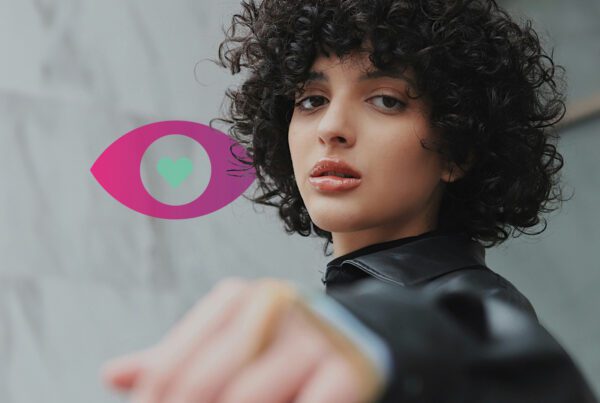There’s hardly been a better time for beauty brands to gain a foothold and find their customer bases. All it takes is a carefully considered and expertly executed content marketing strategy.
Developing a Content Marketing Strategy for Beauty Brands
First things first: what is content marketing? There are a lot of different ways to answer that question, and that’s part of the reason why content marketing can be so effective. Essentially, “content” is anything that can attract an audience and hold their attention. For beauty brands, that means quizzes to help customers find the right products. It also means DIY makeup tutorials made by popular influencers, beautiful photos showcasing makeup products in action and so on.
Good content clearly identifies a brand and its products, but it should be more useful and entertaining for your audience than a traditional advertisement. To create an effective content strategy, you’ll need one or more of the following ingredients:
- An Outlet for Written Content: Beauty brands that sell their own products via branded websites often have sections dedicated to buying guides, step-by-step tutorials, product information and other written pieces. This content type helps customers make purchase decisions and learn how to use specific products. Written content can also help with SEO.
- A Social Media Presence: Visually focused social channels like Instagram are essential for beauty brands that want to build followings. Photos and short videos give a beauty brand the perfect opportunity to create a cohesive visual brand while also showcasing products and services. Social media accounts should use tools like geotags and hashtags to maximize exposure.
- Influencer Partnerships: Whether it’s a special product line collaboration or a sponsored post/video tutorial, influencer marketing can provide brands with extra promotion. It also fosters a connection to personalities who already have their own fanbases. It’s essential to choose an influencer whose aesthetic and voice fit in well with your brand.
- Video Tutorials and Product Demos: Video content should be a major part of the content mix for beauty brands. Tutorials and demos provide inspiration while also empowering viewers to get the look they want. It’s essential to showcase specific product names and colors in your videos so customers know exactly how to recreate a look.
Beauty brands typically blend different approaches or put their own spins on marketing that make sense for their styles and voices. For example, some beauty brands don’t partner directly with influencers. But they do feature written guides and tutorials made by real customers who demonstrate the ways they use the brand’s products.
Top 5 Beauty Brands with Amazing Content Marketing
The key to successful content marketing in the beauty space is to find what works for your brand identity. These five brands are great examples of the different ways beauty businesses can use content to enhance marketing efforts online. While they all use similar tools, each one puts its own unique spin on content voice and tone to best appeal to its market segment.
Fenty Beauty
As Rihanna’s namesake brand, Fenty Beauty takes advantage of beauty influencer marketing by putting a famous name front and center in every aspect of its presentation. Fenty also succeeds in creating content for a wide variety of customers, including those with different skin tones and different approaches to style. Rihanna herself is involved with much of the brand’s content, personally applying products in tutorials and providing an approachable sense of aspiration.
Glossier
Glossier is one of the major success stories in digital content marketing. It’s made its name by identifying a specific customer base—beauty fans who prefer natural looks—and providing a consistent voice and tone throughout different channels. The brand’s signature beauty blog, Into the Gloss, allows customers to become acquainted with the brand in an informative, authentic context. This also drives plenty of traffic to Glossier’s products.
Sephora
Sephora is an interesting case among beauty brands because it needs to appeal to so many different types of potential customers. In addition to promoting its own brand, Sephora’s content promotes the brands it sells in its stores. This is accomplished through a strong content approach that covers multiple different bases while maintaining a cohesive look and feel. Sephora blends a successful YouTube channel with quizzes and guides on its website. Thus, the brand’s content balances promotional elements with a focus on helping customers find the products they need to look and feel their best.
TooFaced
With a focus on traditionally feminine, glamorous elements, TooFaced uses its content to solidify its brand identity. This makeup brand has a carefully crafted image, and it uses content like video and social media posts to further appeal to its audience. TooFaced has made smart choices with the influencers it’s chosen to collaborate with as well, selecting personalities who like to create full-glam looks.
Lush
Lush’s brand identity appeals strongly to people who care about animals, labor ethics and environmentalism. Its content reflects this, with Instagram posts showcasing natural imagery and blog posts outlining the brand’s efforts to innovate and focus on sustainability. This is all balanced by a strong sense of fun. The more serious blog and social posts typically come less frequently than colorful images and useful descriptions of the brand’s signature bath bombs. The content ends up feeling useful and fun rather than heavy and preachy.




